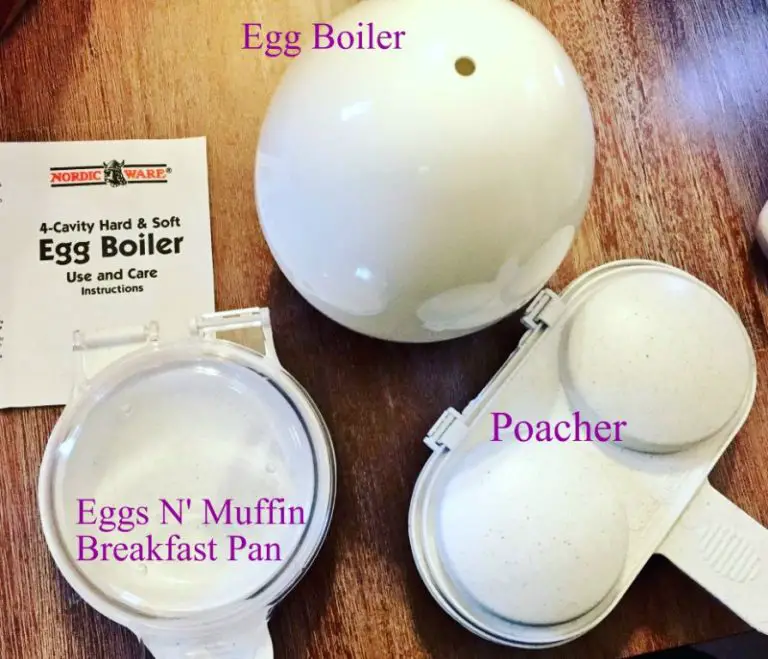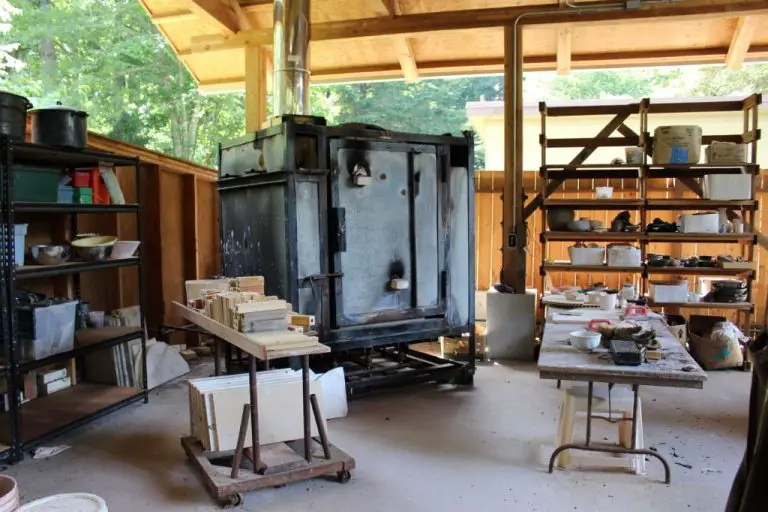How Long To Soak Terracotta Pots?
Soaking terracotta pots before using them for the first time is an important step that should not be skipped. Terracotta is a porous clay material that absorbs moisture. If an unsoaked terracotta pot is used, it will quickly absorb moisture from the soil inside, leaving the roots thirsty. Soaking beforehand helps saturate the pores of the terracotta so that moisture is released back to the plant’s roots slowly over time, rather than the pot competing with the roots for water.
By properly soaking terracotta pots before their initial use, you ensure that your plants get consistent access to moisture. This helps support healthy growth and prevents issues like wilting or root damage from lack of water. Taking the time to soak pots in advance is a simple way to set your plants and gardening up for success.
Why Soak Terracotta Pots?
Soaking terracotta pots before using them for the first time is an important step in preparing them for plants. There are a few key reasons why soaking is recommended:
Terracotta is porous and absorbs water. When dry, the clay in new terracotta pots tends to soak up moisture very quickly from the soil. This can make it difficult to keep plants properly hydrated. Soaking the pots first allows the clay to become fully saturated, preventing too much moisture from being drawn out of the soil.
Soaking helps remove dust and debris. Terracotta pots are dusty when new, and may contain residue from manufacturing, transport, and storage. Letting pots soak in water enables any loose particles to dissolve and dislodge from the surface and pores before using the pot.
Soaking allows the pots to absorb water evenly. When pots completely saturate in water, it ensures there are no dry areas that could draw extra moisture from the soil. Even absorption leads to more consistent hydration for plant roots.
Helps prevent possible mineral buildup. Hard water can leave behind mineral deposits as it evaporates. Soaking pots in distilled water first prevents possible salt, lime, or other deposits from forming right away when using hard water to water plants later on.
How Long to Soak
There is no set rule for exactly how long to soak terracotta pots before using them. However, most experts recommend soaking new, dry terracotta pots for at least 30 minutes to 2 hours before first use. This helps saturate the porous clay and prevents the pot from absorbing moisture too quickly from the soil.
For larger pots over 6 inches, consider soaking for longer – anywhere from 4-6 hours. Smaller pots under 3 inches may only need 15-30 minutes of soaking to become saturated.
In general, the thicker and denser the pot, the longer the soak time needed. Thin terra cotta pots saturated more quickly than thicker, heavier ones. Letting pots soak overnight is also fine and ensures they are fully saturated.
The main goal is to allow enough time for water to penetrate the clay’s pores before potting. Terracotta is naturally wicks moisture from soil and the environment. Presoaking helps prevent the pot from pulling too much moisture too quickly from fresh potting mix or plant roots.
Soak Time Based on Pot Size
The recommended soak time for terracotta pots can vary depending on the size and thickness of the pots.
Small Pots
For small, thin-walled terracotta pots under 4 inches in diameter, a 30-60 minute soak should suffice. The porous material and shallow depth allows water to fully saturate the pot in this timeframe. Check the pot’s weight after soaking to ensure it feels heavy with moisture.
Medium Pots
Standard terracotta pots between 4-6 inches in diameter will need a 60-90 minute soak. The extra time allows water to penetrate deeper into the thicker walls and wider base. Make sure all air bubbles have risen to the surface before removing from water.
Large Pots
Bigger pots over 6 inches across may require a 90-120 minute soak time. Their dense terra cotta construction and extensive interior capacity necessitate ample time for every inch to become saturated. Before using, confirm the entire pot feels cold and damp to the touch.
Tips for Soaking
Soaking terracotta pots properly ensures they are ready for use in your garden. Here are some tips for getting the most out of the soaking process:
- Use room temperature water. Avoid using hot or cold water to soak pots. Room temperature water will be absorbed by the clay at an ideal rate.
- Fill a basin, sink or tub with enough water to submerge the pots. Pots should be fully covered by water when soaking.
- Weight down pots while soaking. Place a plate or other weighted object on top of the pots to keep them fully immersed.
- Change the water if it becomes cloudy. Refresh the soaking water periodically for best results.
- Soak pots completely before using. Check that water has penetrated throughout the pot before planting.
Following these tips will allow terracotta pots to soak up the ideal amount of moisture before potting plants.
After Soaking
Once your terracotta pots have soaked for the recommended amount of time, remove them from the water and allow them to dry fully before using them for plants. It’s important not to use a terracotta pot while it is still wet, as this can lead to issues.
Terracotta is porous, so water will slowly evaporate from the surface of the pot as it dries. To speed up drying time, you can place the pots in a warm area with good airflow. Putting pots outdoors in the sun is an easy way to dry them quickly.
Check the inside and outside surfaces of the pots periodically as they dry. When the surfaces are no longer cool to the touch and appear dry, the pots are ready to be used for plants. Make sure no moisture remains, especially on the inside, before filling them with soil and potting plants.
Allowing pots to dry fully prevents moisture issues that can lead to root rot, mold growth, and other problems for many plants. It also allows the waterproofing applied during soaking to seal and cure correctly. Taking the time to let pots dry completely will ensure they provide the best environment for potted plants.
Soaking Pots with Hard Water
Hard water contains dissolved minerals like calcium and magnesium. When you soak terracotta pots in hard water, these minerals can leave deposits on the pots over time.
The main effect of mineral deposits is aesthetics – they leave white stains and film on the outside of pots. This can dull the appearance of the iconic terracotta color. The deposits aren’t harmful, but many gardeners prefer the look of clean, stain-free pots.
Mineral deposits don’t affect the function of terracotta pots. The clay is still porous and allows evaporation and drainage. However, thick deposits over many years can start to clog the pores of the clay. This could potentially impact the breathability and reduce drainage/aeration, but it would take significant buildup over a very long time.
If you wish to avoid mineral deposits, use distilled, filtered, or rain water for soaking whenever possible. You can also remove existing deposits by scrubbing with white vinegar or lemon juice.
Alternative Methods
Besides soaking, there are a few other options to prepare new terracotta pots before first use:
Rinsing
Rinsing a new terracotta pot with water can help remove some surface dust and debris. While rinsing doesn’t saturate the pot like soaking, it can still help clean it.
To rinse, hold the pot under running water for 30-60 seconds, both inside and out. Make sure to rinse all surfaces of the pot.
Weathering
Leaving a new terracotta pot outside in the natural elements can help weather and condition it before use. Exposure to sun, rain, wind, etc. will slowly alter the clay over time.
Leave the pot outdoors for several days to weeks before bringing inside and using with plants. This allows natural weathering to occur.
Heating
Heating a new terracotta pot in the oven further dries it out and removes moisture before first use. This prevents later issues with dampness affecting plants.
Heat the pot for 30-60 minutes at 200°F. Let it cool completely before handling and using.
FAQs
Below are some common questions about soaking terracotta pots:
Why should I soak terracotta pots before using them?
Soaking allows the pots to absorb water and expand to their original size and shape. Dry terracotta pots often become hardened and compressed during storage and shipping. Soaking rehydrates and rejuvenates the clay.
Do I really need to soak new pots for that long?
It’s recommended to soak new terracotta pots for at least 30 minutes to fully saturate the clay. Larger pots likely need a longer soaking time of 1-2 hours. Proper soaking helps prevent soil moisture issues after potting plants.
What should I soak the pots in?
Pots can be soaked in room temperature water. Avoid using extremely hot or cold water. Make sure the pots are fully submerged during soaking.
Can I speed up the soaking process?
You can try soaking pots in warm water to help shorten the time needed. However, it’s not recommended to soak for less than 30 minutes. Rushing the process may lead to pots that don’t properly absorb water.
What do I do after soaking the pots?
Once done soaking, empty any excess water from the pot. Allow the pot to fully air dry before using it for potting plants. You don’t want the soil to be overly wet right after planting.
Conclusion
Soaking new terracotta pots before first use is an essential step to prevent the soil from drying out too quickly. The recommended time to soak small to medium pots is 30 minutes to 1 hour, while larger pots benefit from a 2-3 hour soak to ensure they are thoroughly water-saturated.
Make sure to fully submerge the pots in water during the soaking period. Tap water works fine, unless you have hard water issues in which case distilled water is preferable. Avoid soaking for longer than necessary as overly soggy pots can become unstable or disintegrate. After soaking, allow excess water to drain out before adding soil and plants.
Following these soak guidelines will help terracotta pots retain moisture and humidity better for plant health. Always inspect and feel pots after soaking to ensure they are fully hydrated but not waterlogged before potting plants. With proper preparation, terracotta pots will provide an excellent breathable and natural home for plants to thrive in.



